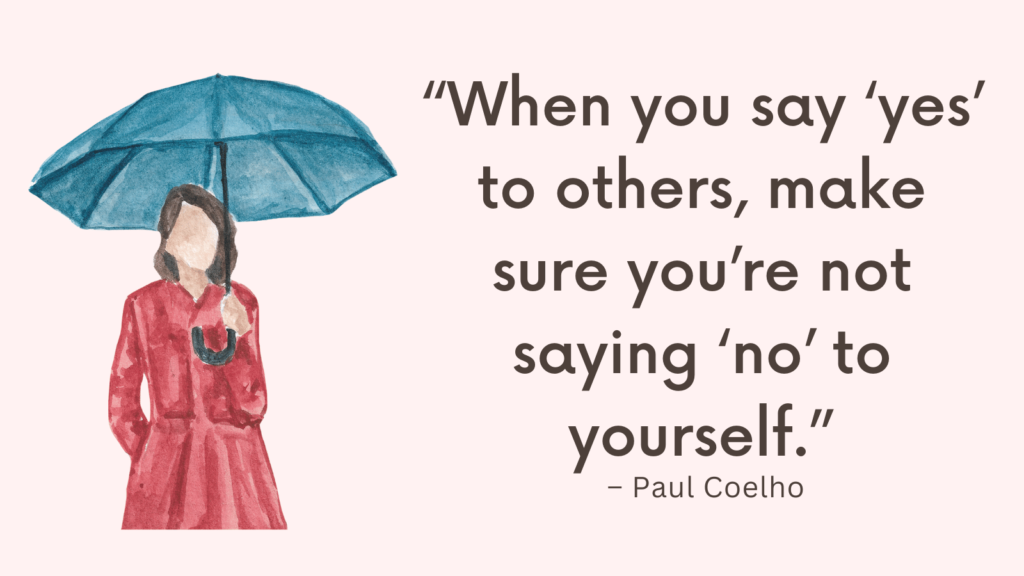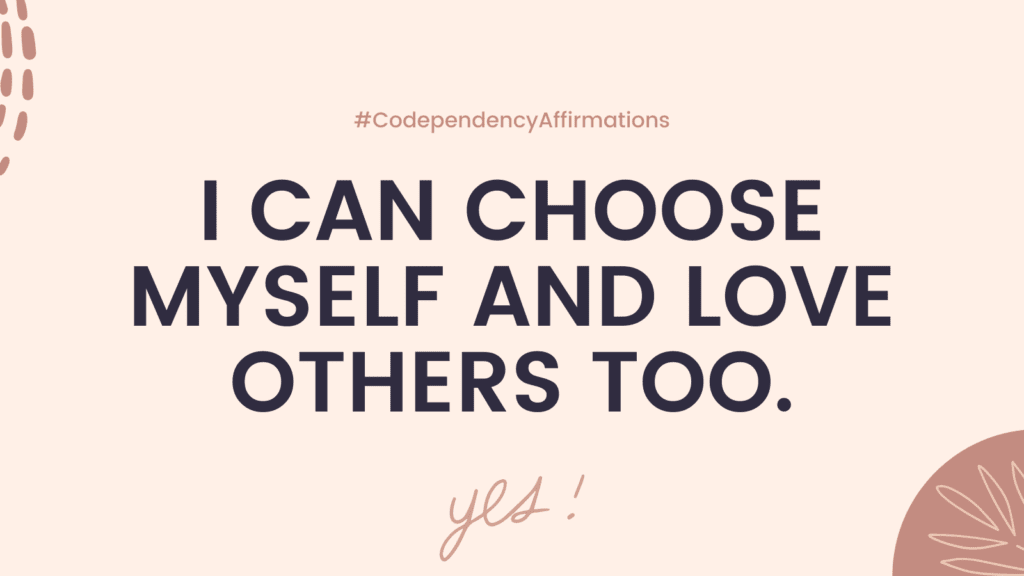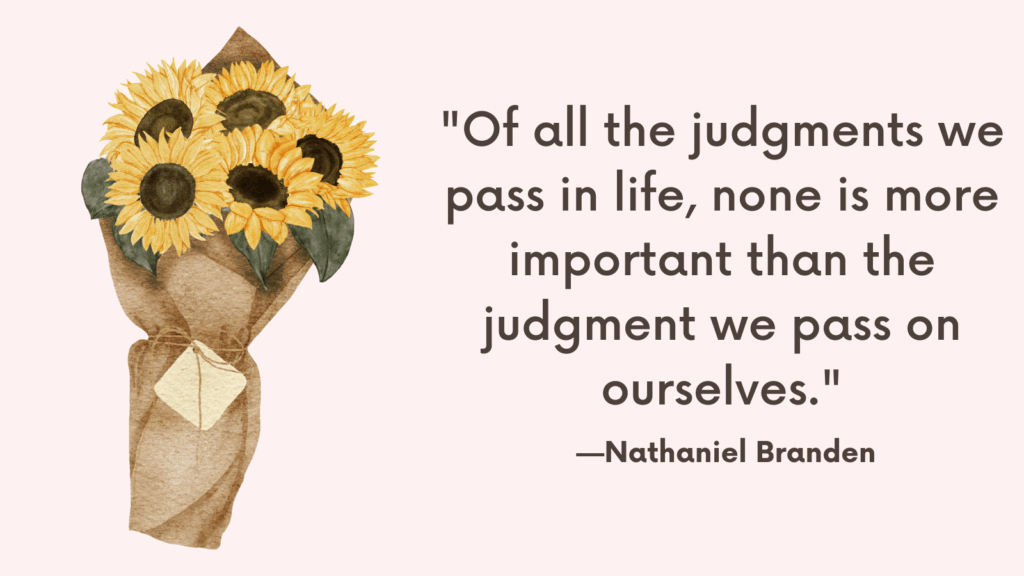In this post, you’re going to learn the difference between the codependent and people-pleaser as well as how to overcome those patterns.
Codependent vs People-Pleaser
Understanding the distinction between being codependent and being a people-pleaser is essential in maintaining healthy relationships and personal well-being.
While there may be some overlap in behaviors, they are distinct patterns with different underlying motivations and consequences.
Codependency refers to an excessive reliance on others for self-worth, approval, and identity.
It often emerges from early experiences, such as growing up in a dysfunctional family system where emotional needs and boundaries were not adequately met.
Codependent individuals tend to prioritize other people’s needs over their own, often neglecting their own well-being in the process.
They may struggle with feelings of low self-esteem, difficulty asserting boundaries, and a fear of abandonment.
On the other hand, being a people-pleaser involves a strong desire to gain approval, validation, and acceptance from others.
People-pleasers tend to prioritize making others happy and avoiding conflict at all costs, even if it means sacrificing their own needs and desires.
The underlying motivation for people-pleasing behavior is usually a fear of rejection or disapproval.
People-pleasers often struggle with assertiveness, tend to be conflict-avoidant, and may experience resentment or burnout from constantly putting others first.
Related: How To Break Codependency Habits For Good? (+FREE Codependency Worksheets)
How to Overcome Codependency and People-Pleasing?
Recognizing whether you lean more towards codependency or people-pleasing can help guide your journey towards healthier relationship dynamics. Here are some suggestions to tackle these patterns:
1. Develop self-awareness
Take the time to reflect on your patterns and examine the reasons behind your behaviors.
Are you seeking validation or trying to avoid conflict?
Understanding the root causes can help you challenge and change these patterns.
2. Practice self-compassion
Replace self-criticism with self-compassion.
Recognize that prioritizing self-care and setting boundaries is not selfish but necessary for your own well-being.
Treat yourself with kindness, understanding, and patience as you work towards healthier behaviors.
3. Set clear boundaries
Define your personal boundaries and communicate them assertively but respectfully.
Start small by expressing your preferences or saying “no” to requests that feel overwhelming or compromise your well-being.
Gradually increase your assertiveness as you become more comfortable.
Related: Top 25 Tips On How To Set Boundaries Without Being Controlling? (+FREE Worksheets PDF)
4. Learn to say “no”
Recognize that saying “no” does not make you a bad person or disappoint others.
Practice declining requests or obligations that exceed your capacity or values.
Remember that your needs and limitations are just as important as anyone else’s.
5. Identify and express your emotions
Learn to recognize and express your emotions effectively.
Codependent individuals often struggle with identifying and expressing their feelings.
Developing emotional intelligence can improve your communication skills and help establish healthier relationships.
Related: Best 10 Overcoming Codependency Exercises

Conclusion
Remember, these patterns take time and effort to change.
Be patient with yourself and celebrate small victories along the way.
With dedication and self-compassion, you can break free from codependency and people-pleasing, fostering healthier relationships and a greater sense of self-worth.



